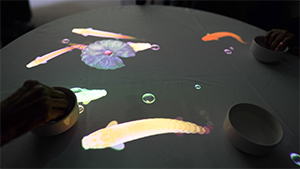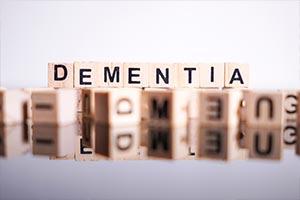Recognising that people need educating about dementia care, especially during these unprecedented times, Stuart Wright, Brunelcare’s Dementia Lead…
Technological innovations are the key to saving the dementia care system
With dementia cases predicted to triple to 150 million by 2050, it is imperative that funding for the dementia care system is increased. The current system is woefully inadequate to support any further increase in cases, and a survey for World Alzheimer’s Month from Social-Ability has found that 82% of respondents feel that the care sector will be unable to cope with the rise in demand for dementia care services. As it is, something needs to change, and technological innovations may be the solution to saving the dementia care system.
Staying independent
Technology and data science play a big role in predicting and identifying risks. Artificial intelligence across the world is being created to diagnose dementia early. AI developed at the University of Exeter, for example, can predict if a person will develop dementia within two years with 92% accuracy, while researchers at the University of Cambridge are working with AI that is able to identify patterns of dementia before symptoms even occur. By diagnosing dementia early, people will be able to access treatment and care that they urgently need.
role in predicting and identifying risks. Artificial intelligence across the world is being created to diagnose dementia early. AI developed at the University of Exeter, for example, can predict if a person will develop dementia within two years with 92% accuracy, while researchers at the University of Cambridge are working with AI that is able to identify patterns of dementia before symptoms even occur. By diagnosing dementia early, people will be able to access treatment and care that they urgently need.
With the aid of AI, people with dementia will also be able to lead a more independent life. While the care of artificial intelligence is no substitute for a person, AI sensors are being developed to monitor a person’s behaviour. Placed around the house, these sensors can pick up any unexpected changes in behaviour, such as changes in temperature or walking patterns, that may be a sign of deteriorating health. People with dementia will therefore be able to live with a degree of independence, with AI intervening only to alert carers of warning signs.
Preventing loneliness
Chronic loneliness is one of the most significant issues for people living with dementia. Before the pandemic, a third of people with dementia experienced loneliness, with loneliness twice as common with people in long-term care settings. The pandemic has only made people with dementia feel more isolated, with care home residents not having access to family and friends. No technology is a substitute for in-person contact, but the rise of video communication has a part in reducing feelings of loneliness.
Though video communication has been present throughout the 21st century, it has only become a key part of people’s daily lives since the onset of the pandemic. Since Covid restrictions have been lifted, care home residents have been allowed more freedom. However, Covid outbreaks in care homes and family members living abroad remain obstacles in care home residents seeing their loved ones. With the use of video communication, care home residents and others with dementia who lack in-person contact will be able to see and speak to their loved ones, and allow for more frequent communication than would usually be possible in person.
Happiness hour
One technology that has already been rolled out in care settings across the UK is interactive light technology. The technology has been used to great success across thousands of UK care venues. Social-Ability, a leading developer of this technology, has gone a step further by pairing the tech with a host of services, providing training and support to care staff to improve care outcomes and increase usage.
The Happiness Programme uses interactive light technology to host games that care home residents can participate in. Each game varies, with differing goals, from training cognitive or motor skills to encouraging players to socialise with each other. The result is a holistic improvement in health and wellbeing, with other features such as the Happy Memories Programme allowing family members to share pictures with their loved ones in care homes.
The diverse applications of interactive light technology will support care workers by reducing their workload, and tackle some of the pressing issues in the care sector today, such as the overreliance on medication and the loneliness faced by residents.
By being innovative, there is no limit on the applications of technology to support the growing number of people living with dementia. As our health and social care system grapples with the aftershocks of the pandemic, it is vital that diagnosis and support for people living with dementia are not left behind. Technology has the power to equip us for that challenge and we must seize that opportunity now.
Author: John Ramsay, Managing Director of Social-Ability





